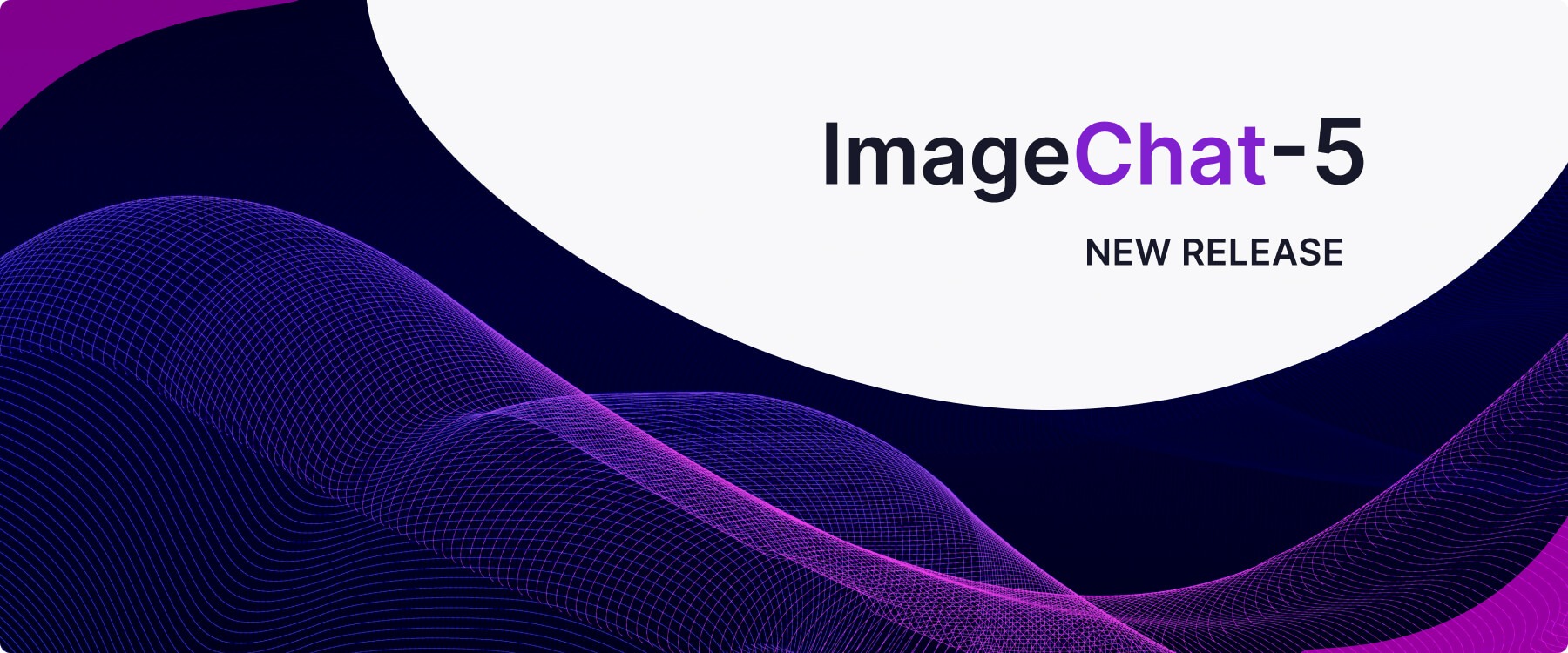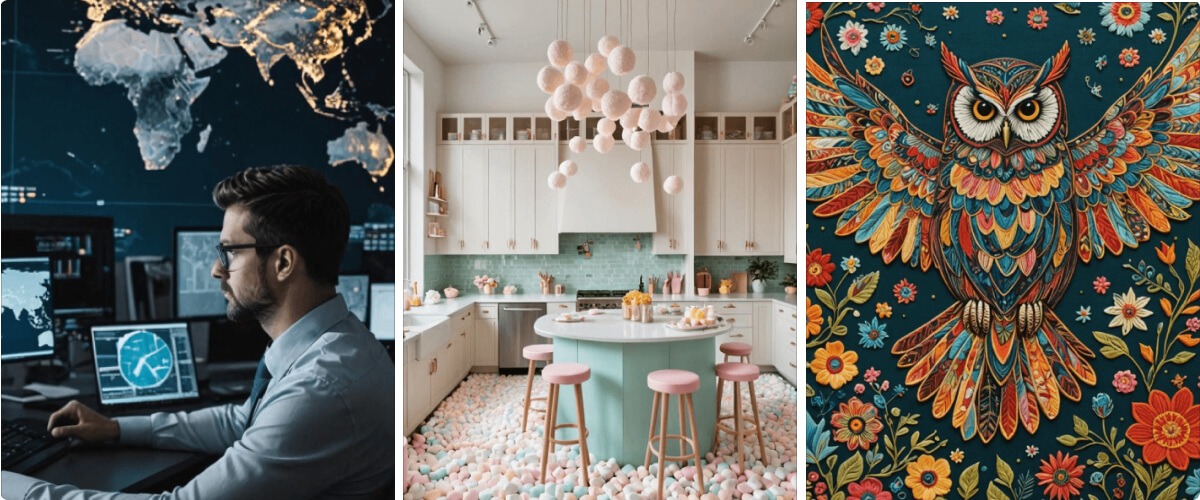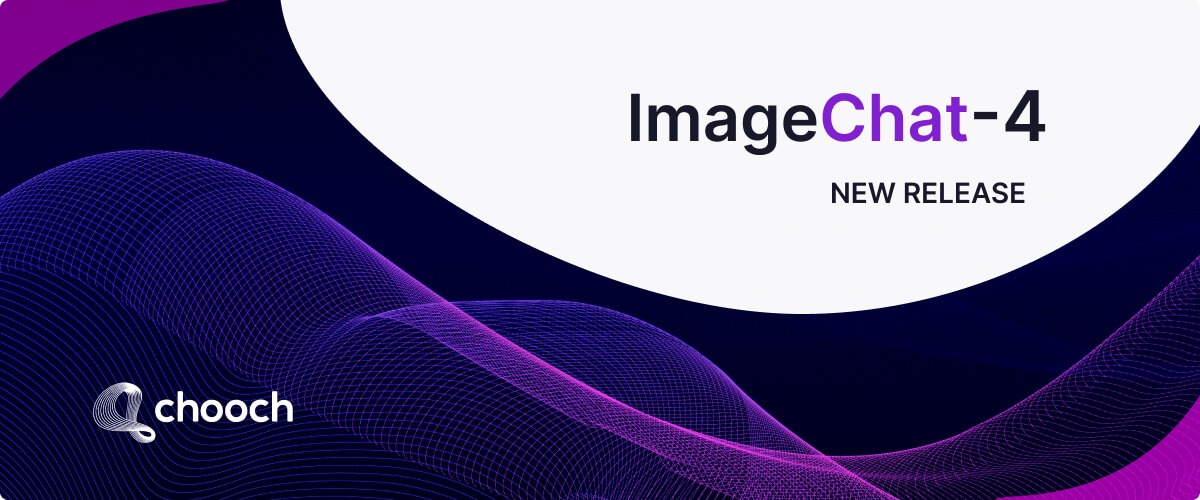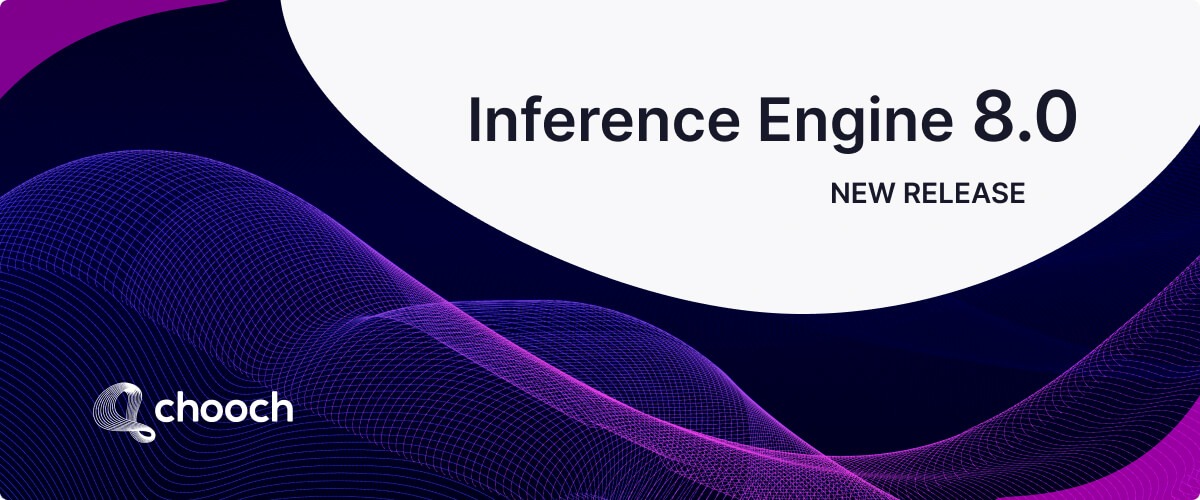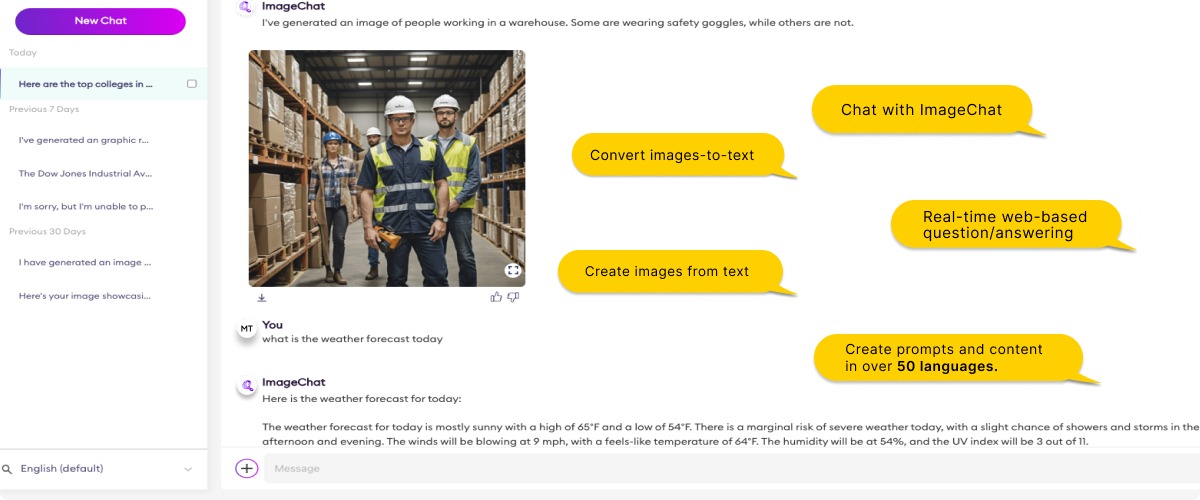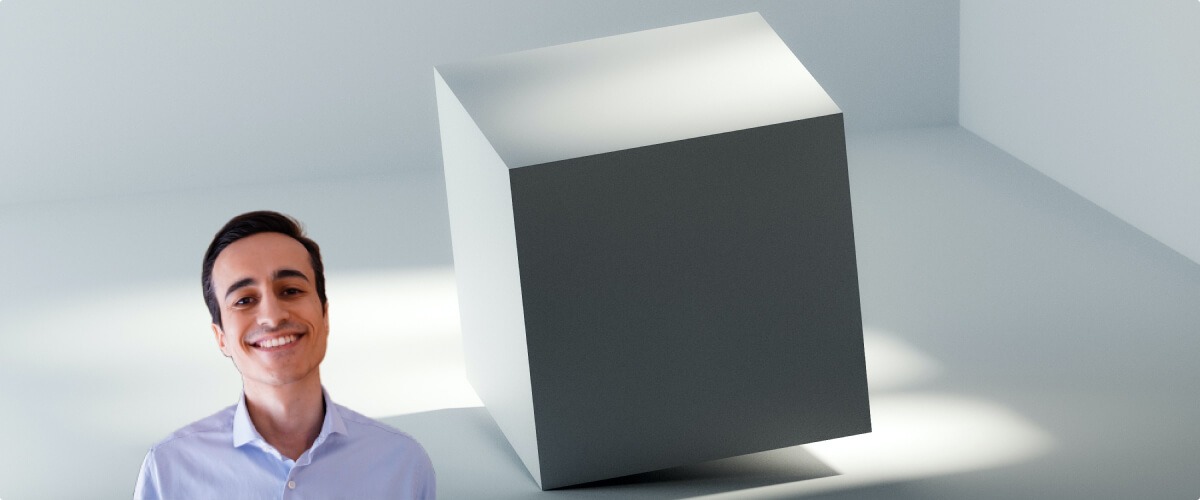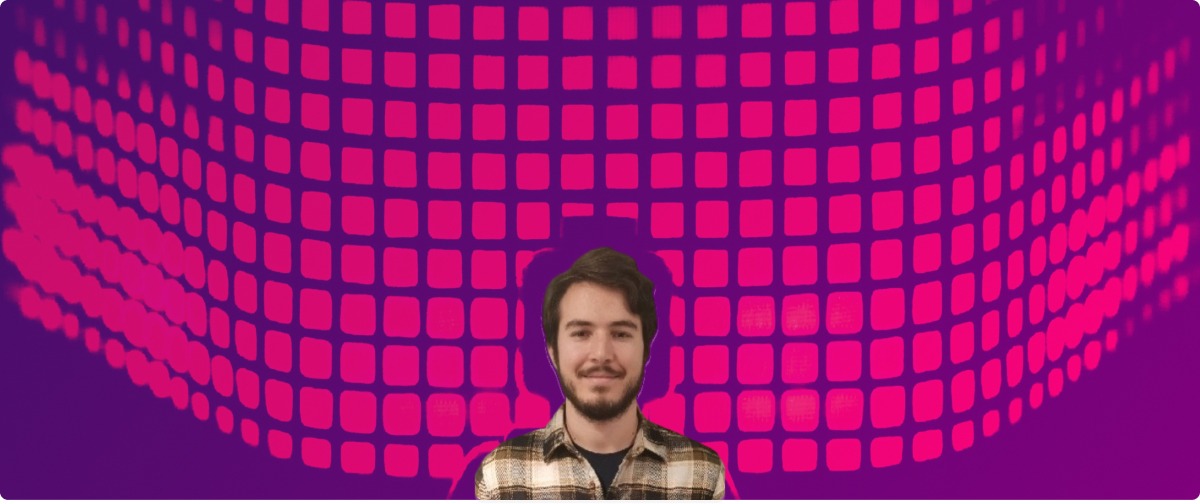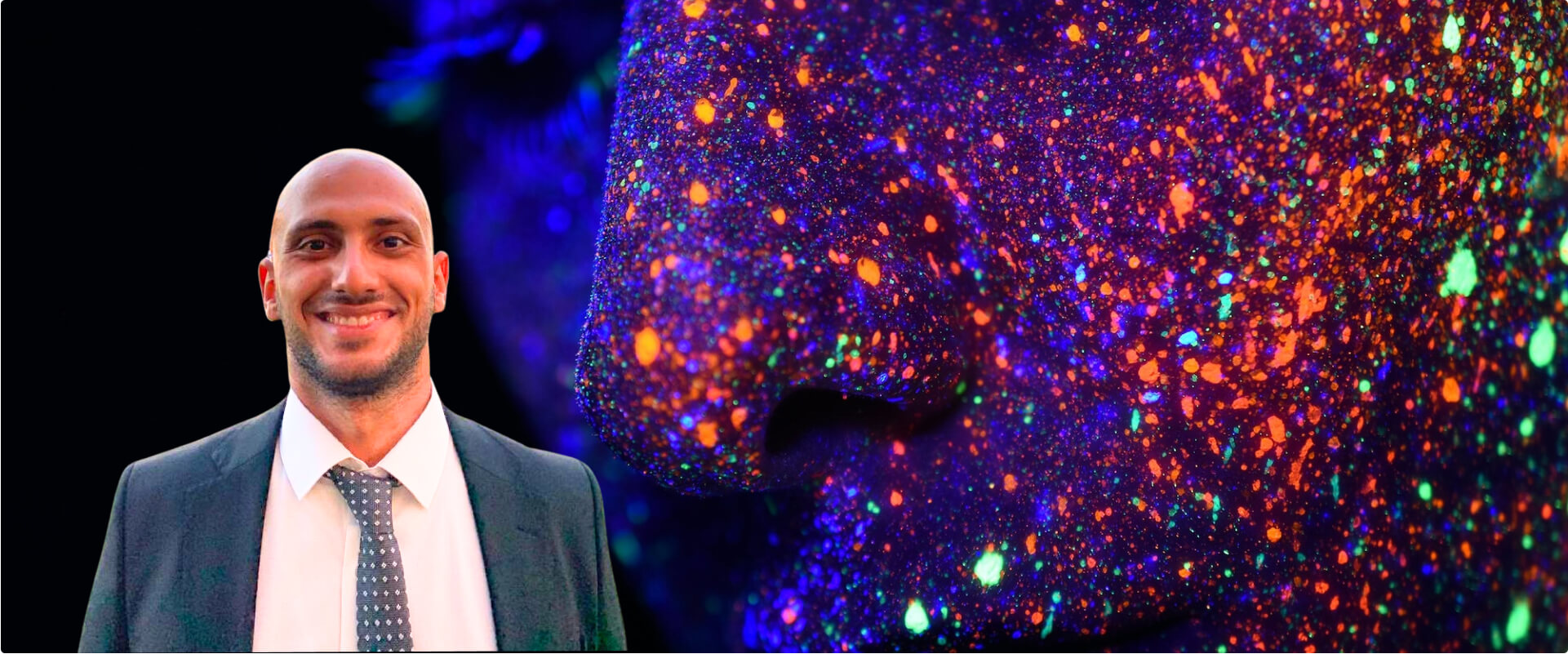So, what exactly is UX design also known as User Experience Design? The goal of UX design is to create a web application that is both effective and easy to use. To achieve this, UX designers must consider the business problems of their users, possess a high degree of empathy, and be willing to rapidly adjust features upon in-field testing and feedback solicitation.
As Chooch’s Product Design Lead, Zeynep drives the overall design and functionality of new features that impact Chooch users. She brings a diverse professional background of management consulting, marketing, and product management across energy and telecom industries into cross-industry computer vision applications. Her mission is to delight Chooch users as they build, host, and deploy their enterprise computer vision solutions.
 How did you first become interested in UX Design as a profession?
How did you first become interested in UX Design as a profession?
After working in the fields of consulting and marketing for many years, I knew that I needed a change, but I didn’t know how to pivot. After some research, I became interested in UX design, but I had a tough time figuring out how to gain practical skills in the field. At the same time, I was also working in the marketing department of a telecommunications company when I found Smartup Network, a software company that helps entrepreneurs and innovative enterprises build mobile and web products. I started working as a Junior Product Manager in the evenings and weekends. I wanted to see if the role was a good fit and realized I really enjoyed developing a tech product, especially the user-facing parts of it. Because I loved the experience so much, I left my current job and started working as a UX designer at Fol Agency specializing in UX/UI.
What do you like most about your job?
What I like most is the part of my job that involves anticipating human behavior and psychology. Additionally, I love creating a product that serves people’s needs and seeing it being used is extremely satisfying. The opportunity to be able to constantly improve the product and do better through feedback is also something I like.
What do you keep in mind as you create an AI product for users across different industries?
Designing products for the Chooch platform is very enjoyable for someone who loves challenges, and I’m one of those people. The reason designing any software product is so difficult is that it requires us to address so many different industry needs using one product and maintaining a cohesive user journey while doing that. For Chooch, it is so important we maintain a seamless journey between the Chooch AI Vision Studio, Inference Engine, Smart Analytics, and ImageChat. We are trying to bring together different industries into a common language and make the product more customizable and adaptable.
How do you establish user empathy for a platform like Chooch?
Our approach to establishing user empathy is to first understand business needs, emotions, and perspectives. We do this by using known methods, which include conducting user research, analyzing user data, continuously testing our product, gathering feedback, and making improvements. One of the most important things we focus on when designing products is to constantly iterate. We all believe that we can improve our designs based on user feedback, which is why we continuously strive to improve. Of course, for platforms like ours, our users include both our partners and their users, our direct customers, and developers, so we must cater to a wide range of primary and secondary personas.
What is your main hope for the users of Chooch to understand about the product?
My main hope for Chooch users is that they can easily leverage our platform’s powerful AI technology stack to solve their most complex business problems, thus making their work easier, more efficient, and providing them a significant competitive advantage.
How has Chooch’s product design changed since you started? Where do you see it going forward?
Chooch’s product design has changed a lot and has also improved since I started. We have designed new products from scratch, such as Smart Analytics and ImageChat, and redesigned our existing products based on user experience analysis. Of course, during this time, our logo and colors have also changed, making our updates even more noticeable. As Chooch continues to grow and innovate, I see our product design becoming more user-centric, with an even greater emphasis on simplicity and ease of use despite the perceived complexities of emerging technology.
How do you effectively come to product design decisions in a fast-paced AI startup?
If you’re doing product design in a fast-paced AI startup, you can’t follow all of the steps of a traditional design methodology for each feature; we simply don’t have the luxury of time. However, I still believe that it is important to at least touch each step in a structured design methodology, even if it’s less detailed. For example, sometimes we can’t complete a detailed conceptual design, so we still meet as a UX and UI team to draw rough sketches in brainstorming sessions. The most important thing is to decide why the desired feature is needed and which user needs it satisfies, and then figure out how all the products will be affected, even if it’s just with pen and paper. When making product design decisions, it’s always important to think from the perspective of what the user needs first – what problem they’re facing then how we can solve it. As always, over time, what the user wants is proven by how they use our features, and we adjust accordingly.
What feature that you’ve designed are you most proud of?
I don’t have a single feature that I am most proud of; I am proud of our teams’ work creating a platform that users find easy to create AI solutions to solve their problems. At the end of the day, my job is to solve the user’s problem in the most straightforward, simple, and useful manner possible.
Where do you see UX design moving towards in the next few years?
In the next five years, I believe UX design will continue to evolve and become more focused on creating personalized and immersive experiences for users. Voice-based interfaces, augmented reality, virtual reality, and 3D interfaces will provide more engaging and interactive experiences. There’ll be a greater emphasis on personalization where users will be able to customize their experience based on their preferences and needs. I feel an exciting trend we’ll see much more of is ethical design, which involves designing interfaces that prioritize user privacy and safety.
What impact will AI have on UX designer’s role in product development?
AI technologies will help UX designers analyze and interpret user data to better understand user behavior and preferences. It will also help with prototyping, testing, and even generating general design solutions. However, AI will not replace UX designers as there will always be gaps in technology that require human intervention and creativity.
Want to meet more of the Chooch team?
Check out the blogs below.



